8 Tips For Car Battery Maintenance
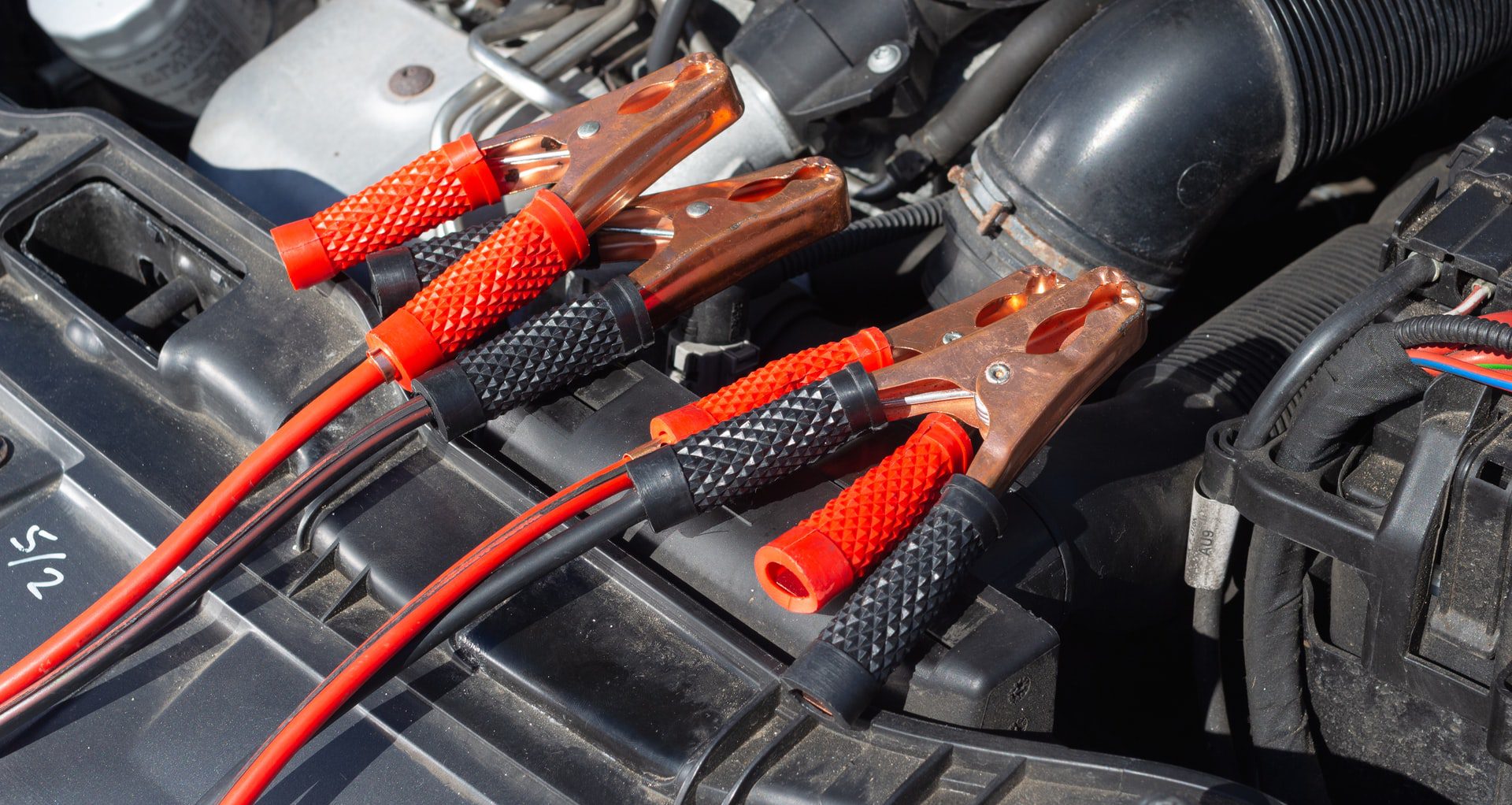 Your car battery’s main purpose is to start your car. It’s also in charge of providing power for the lighting, audio system, and any other electricity-powered parts of your vehicle. Because of this, taking care of your battery is vital to ensuring your car runs smoothly. So, here are some tips for car battery maintenance.
Your car battery’s main purpose is to start your car. It’s also in charge of providing power for the lighting, audio system, and any other electricity-powered parts of your vehicle. Because of this, taking care of your battery is vital to ensuring your car runs smoothly. So, here are some tips for car battery maintenance.
1. Test your battery every two years

Hot weather can cause your battery acid to slowly evaporate, lowering the amount of acid in the battery. This causes it to stop taking a full charge and keeps it from running at full capacity. It can also cause battery corrosion on your posts and cables.
There’s different ways to test your car battery. You can either get it tested with a car workshop or easily buy a few tools to test it yourself.
2. Change it every 4 years.
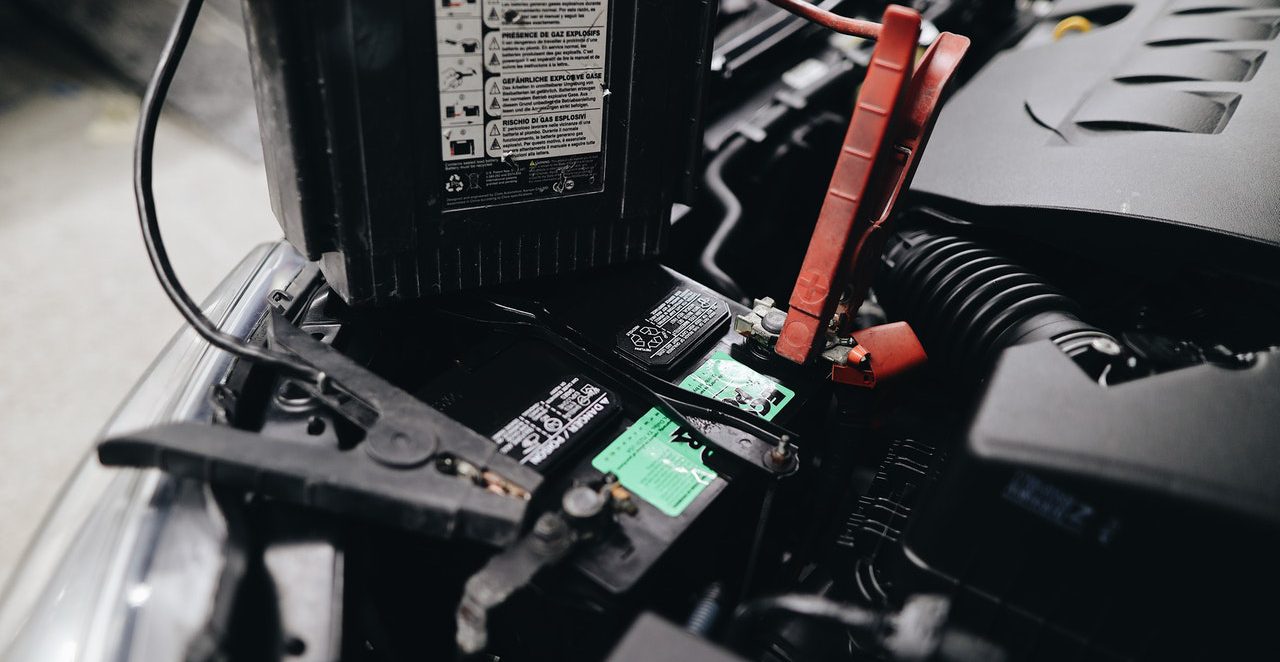
Most people will recommend you change your battery every 4-5 years, so long as there aren’t any issues with your battery.
However, these costs can add up if you have to change your battery with a car workshop every so often. And so, here’s an easy-to-follow guide on how to change your battery yourself.
3. Check the acid level

Every six months, you should check the acid level of your battery. You’ll want to be on the lookout for acid stratification, which happens when batteries dwell at a charge below 80%, when they don’t receive a full charge, or when they have shallow discharges.
A stratified battery means that electrolytes will concentrate at the bottom and leave the top starved. Your battery is particularly at risk if you drive short distances while using power-robbing accessories in use.
4. Add water carefully

This is what you’ll have to do when the electrolyte levels are low. You’ll notice they’re low when the plates are exposed. You’ll want to take a funnel to add water so that you can fill the cells to cover the plates. Once you’ve topped up water levels, use a battery charger to recharge the battery.
5. Conduct a battery load test
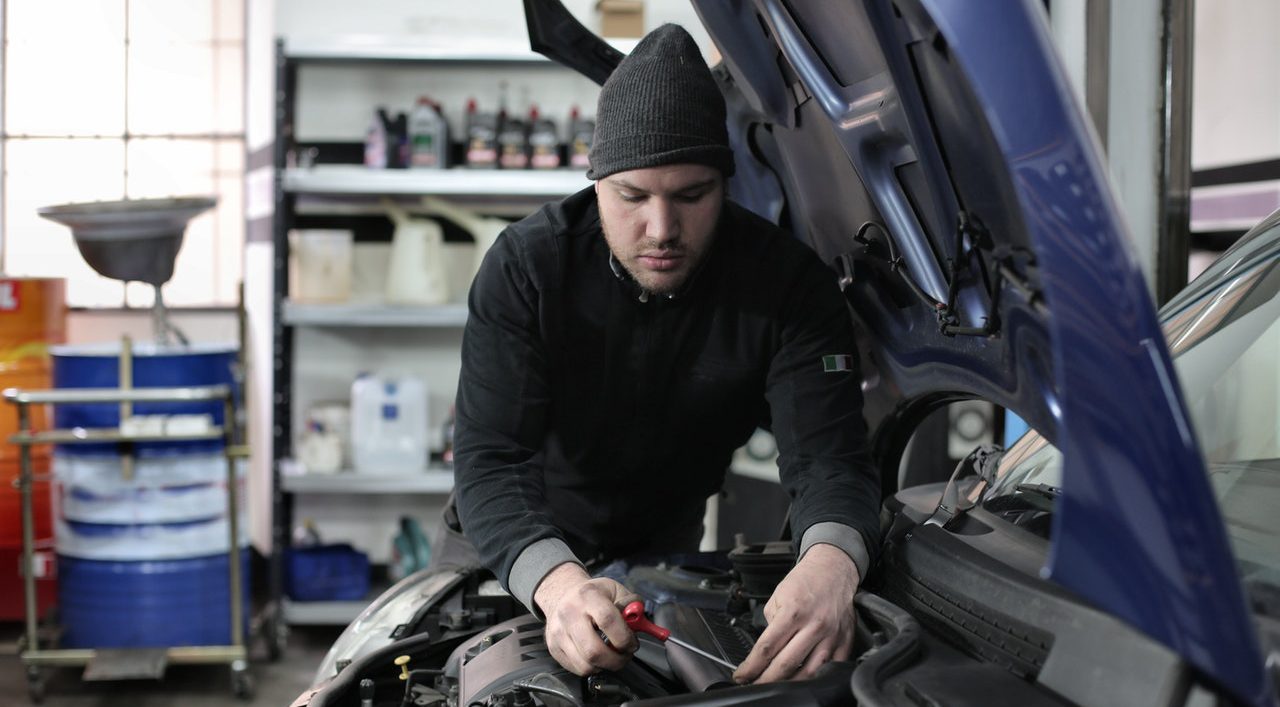
Generally, you’ll want to conduct a battery load test once a month. This is to ensure that the device can charge properly. You can easily get this test done by a mechanic.
6. Clean the battery
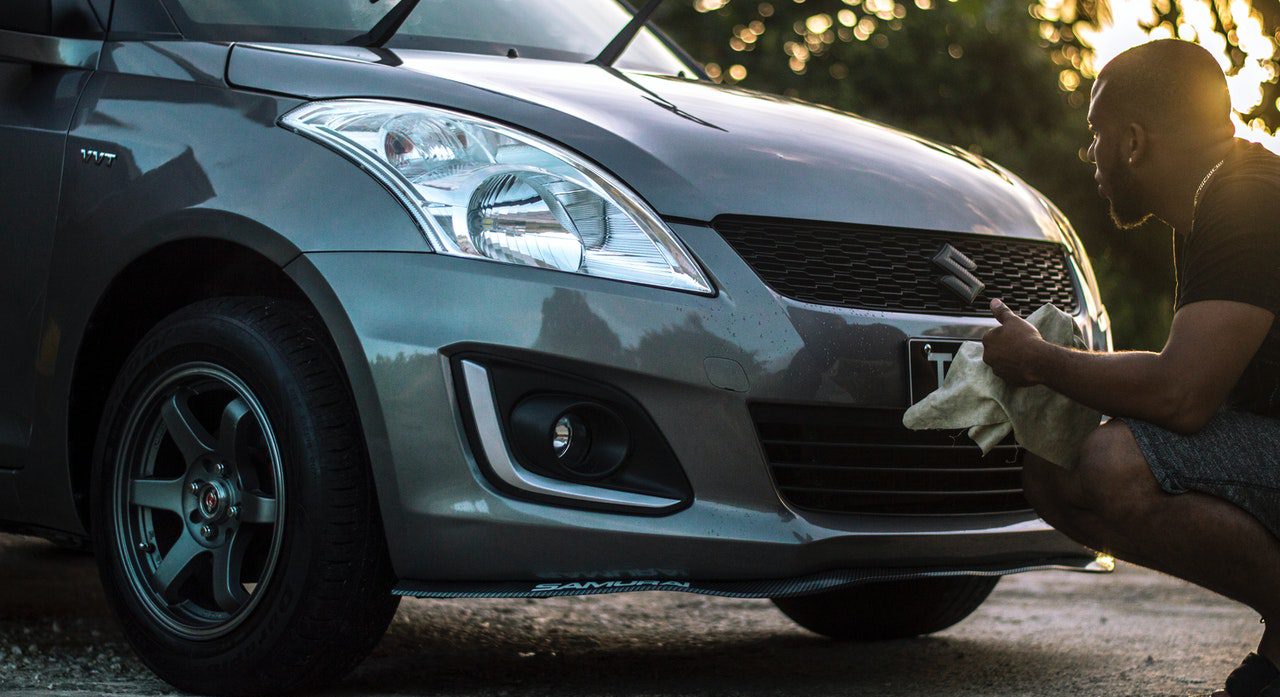
Cleaning the battery will ensure that dirt and debris won’t get into the cells. This can cause corrosion on nearby metal, so make sure to clean the top of the battery and around the terminals. You can either use ammonia-based window cleaners or a combination of baking soda and water plus a wire brush to get rid of any “crust”. And remember, the brush should be damp, as opposed to wet. Once you’ve finished cleaning, make sure to wipe the battery down so no baking soda residue is left, as it can cause corrosion.
Also be sure that no fluid is let in through the battery ports when cleaning.
7. Keep cables tied
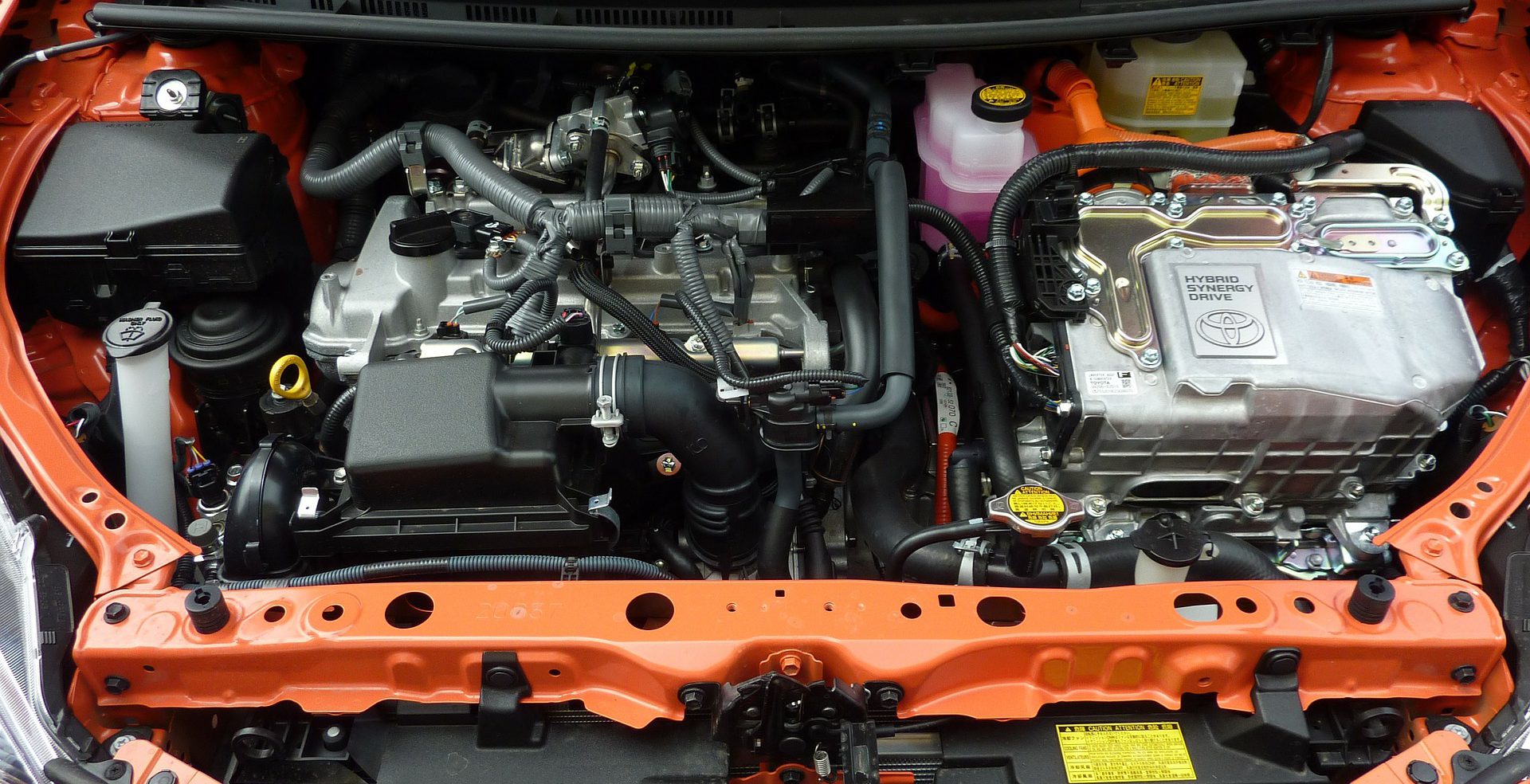
You don’t want your cables to move, so be sure they’re tied tightly. This will keep everything properly secured.
8. Don’t leave your car for too long

Leaving your car too long without driving can drain your battery. So, it’s recommended to drive your vehicle at least once every three days.
Proper battery maintenance will have it lasting a lot longer, which is vital to keeping your car in good condition. If your battery has been replaced a few times and your car’s condition is beginning to deteriorate, it might be time to say goodbye.
If so, sell your car with CARRO! Submit your details to us and we’ll auction your car to over 1,000 of our buyers for the best price and no hidden fees.





